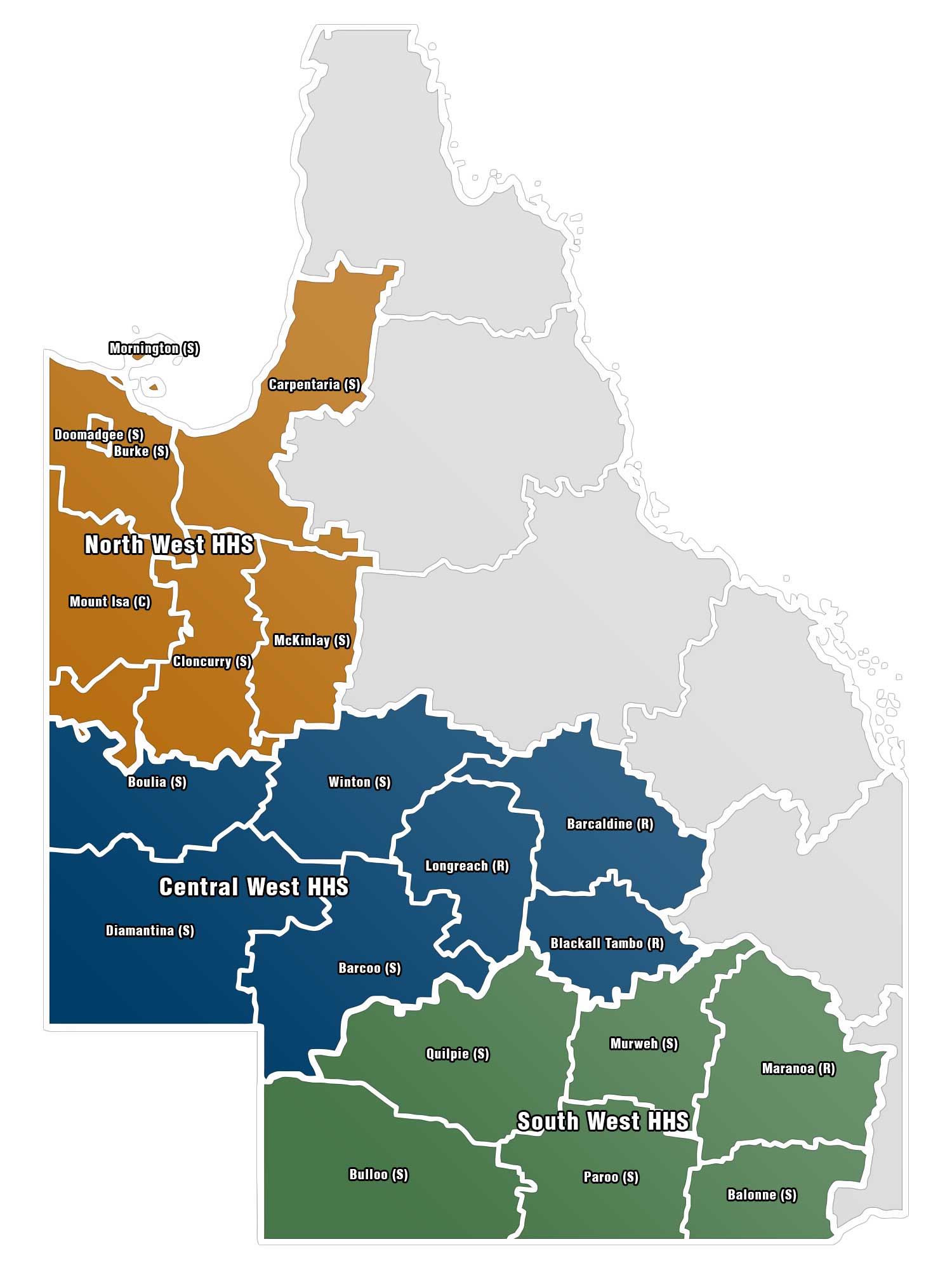Our History
Where have PHNs come from?
The role of regional health organisations has evolved over many years, starting with Divisions of General Practice in the 1990s. From 2011, Divisions were replaced with Medicare Locals. Medicare Locals had additional funding and a broader role to develop cooperation and collaboration between health care professionals, particularly for managing chronic conditions, undertaking population health planning, identifying gaps, and in many cases, providing services.
In 2015, the role of regional health organisations evolved again, and 31 PHNs were established, replacing Medicare Locals.
Some PHNs have operated formerly as Medicare Locals, and even Divisions of General Practice; some within the same regions. Other PHNs have been established as new organisations, and/or with different geographical boundaries. As such, the history of individual PHNs in their communities varies greatly.
The role of PHNs as commissioners, rather than service providers, is a key difference between Medicare Locals and PHNs, and represents a fundamental shift in the way healthcare services are planned for and funded at the regional level.
Western Queensland Primary Health Network
 Covering more than half of Queensland, the Western Queensland Primary Health Network (WQPHN) is one of the most unique PHNs in Australia. We have the smallest population overall, and most sparsely populated region with only one person per 13 square kilometres. Our PHN covers some of the most remote country in Australia.
Covering more than half of Queensland, the Western Queensland Primary Health Network (WQPHN) is one of the most unique PHNs in Australia. We have the smallest population overall, and most sparsely populated region with only one person per 13 square kilometres. Our PHN covers some of the most remote country in Australia.
Our organisation developed the fundamental corporate and program capabilities necessary to ensure the seamless transition of clinical contracts and services, and build relationships across the various local, regional and State sectors to introduce the Commonwealth’s program in Western Queensland.
Credits
The WQPHN website was developed and is maintained by Michael R.G. Hughes of Extremely Geeky.
Disclaimer
While the Australian Government Department of Health has contributed to the funding of this website, the information on this website does not necessarily reflect the views of the Australian Government and is not advice that is provided, or information that is endorsed, by the Australian Government. The Australian Government is not responsible in negligence or otherwise for any injury, loss or damage however arising from the use of or the reliance on the information provided on this website.